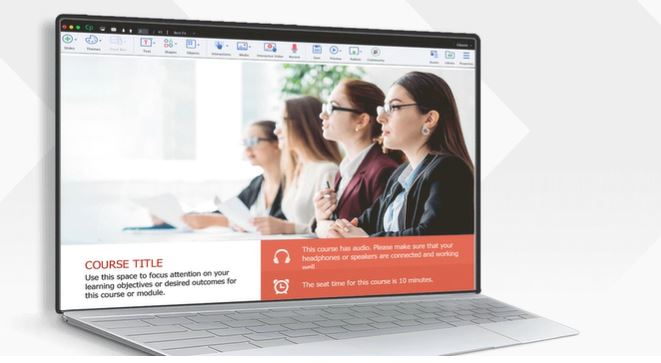As your business has made up its mind to implement an LMS such as Adobe Captivate Elearning already, it is important to carefully carry out the next steps to make as much benefit out of it as possible. The basic preparation to choose the right LMS for your organization is as simple as just focusing on what exactly is the LMS going to deliver, discussing it with your teams and then finding a suitable LMS from a suitable vendor and negotiating a deal.
After the basics, the actual exciting part comes which is the implementation of the learning management system. This part can be differentiated into three distinct stages.
Page Contents
1. Pre implementation stage
- Identifying objectives
- Choosing a team
- Planning
2. Implementation stage
- Preparing for data migration
- Switch or implement the new LMS
- Ensure proper configuration
3. Post implementation stage
- Trial run and training
- Discuss, assess, wrap up
- Readying the Post implementation plan
Let’s discuss these 3 ultimate important parts of implementing a new LMS successfully.
Pre implementation Stage
- Identify your objectives: Identification of the objectives that the LMS is supposed to fulfill is very important given that this identification process gives you the idea about the priorities; while objectives are crucial and which are ideal and can be done later so that you can prioritize and carry out the crucial objectives first.
- Make a team: LMS is not a secluded system of only training employees anymore. So naturally it will be affecting all the departments across the organization. So an ideal team will have representatives from all of those departments including, IT, HR, L&D. Decide the Team leader, project manager, eLearning specialist, L&D admin and IT Expert and give them the responsibility to come up with the right strategy for the LMS implementation.
- Plan the implementation and Training: Now that the objectives have been identified and the team is ready, the planning stage becomes very important. Planning the implementation and the timeline strategy. The time of implementation can differ on the basis of your type of LMS. When it is a self hosted LMS that is implemented on your server, it will take more time than implementing a cloud based LMS. Thus, being ready for whatever is going to be done can be a good way to avoid unpleasant surprises and chaos.
Implementation Stage
Prepare for data migration: Besides the types of the LMS; the self-hosted and Cloud-based LMS, a lot of other factors may affect the timeline of the LMS installation. The number of user accounts and softwares you want to migrate and integrate greatly affects the timeline. So, talk to your IT department and your vendor, get an estimate of the time it is going to take, and be prepared for the migration while having realistic expectations about the implementation time.
Implement/Switch to the new LMS: After all the listings, planning, and preparations, it is finally the time to implement the new LMS or that matter, switch to the new LMS if your organization is already using one and is making a switch from one LMS to another. It can be done in different ways such as an overnight change, slowly fading out the older one and starting up the new one, and finally, by first running both the old and new system parallelly.
Ensure Proper Configuration: Checking up the configurations of the implementing LMS is very important as this implementation is going to configure the needs of your company. For ensuring configuration, your team needs to understand how your company works and have the right kind of data. The vendor can help in understanding the functions of the LMS.
Post Implementation Stage
Trial run and training: After the implementation comes a need for a trial run. This trial run can be a trial test case that your administrators and some of your users can run through. After the trial, prepare to give the basic operational training to anyone who will be using the system from the admins to internal partners and potential learners.
Discuss, assess, and wrap up: After a thorough trial and training on how to benefit the most from the LMS, roll out an implementation plan and communicate it with the necessary stakeholders.
Assess the LMS and after it has been on the run for some time at least, you can conclude the implementation finally and start using the LMS to its full glory.
Post-implementation plan: Last but not least, the actual implementation doesn’t actually close at the launch. You should always be ready for anything that might come your way and build an independent plan B; the post Implementation plan in case there are some issues that might arise later.
Conclusion
Implementing a learning management system can look quite intimidating at first but when you already have a neatly laid out plan like this one, the work can get simpler, faster, and way more efficient. Especially a system like Adobe Captivate that offers a smooth and hassle-free implementation along with vendor support service might just make your work even easier.
In the end, just an implementation does not actually guarantee the benefits as it is the learners’ enthusiasm that makes any program successful. So, it is important that the benefits of the courses are properly communicated to the learners so that engagement doesn’t go down.
